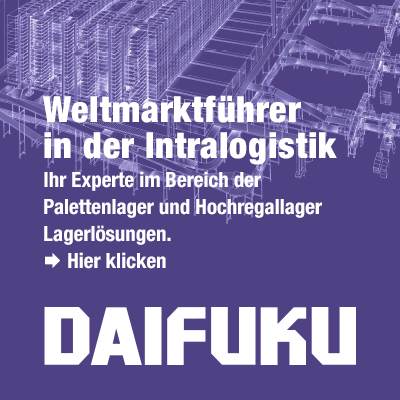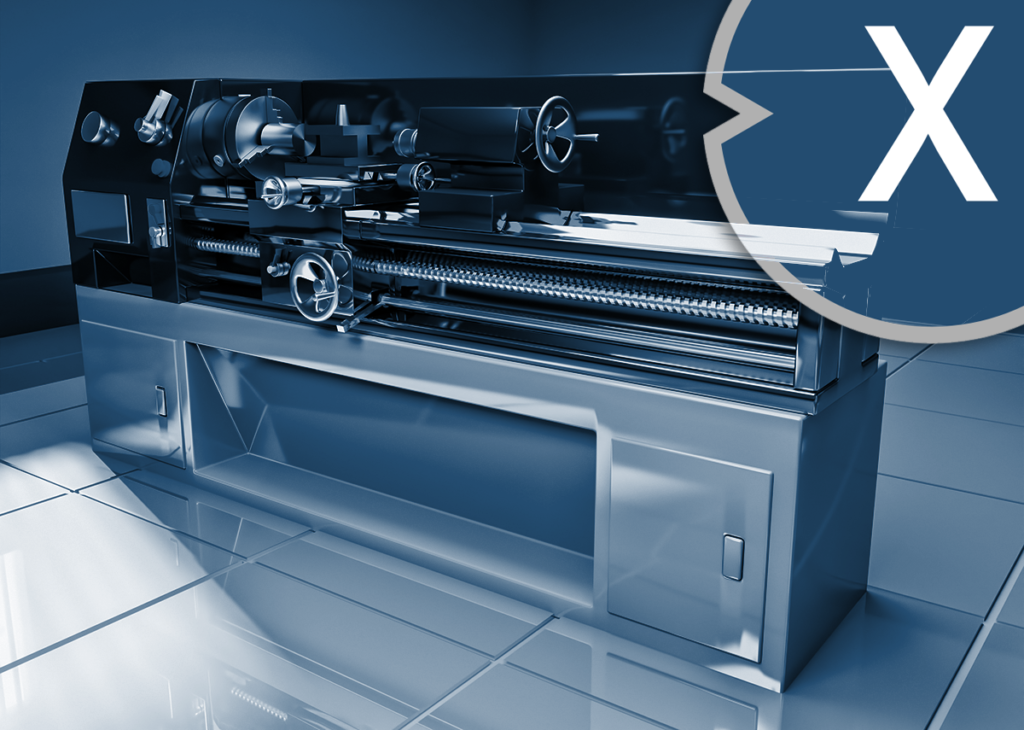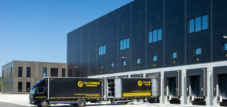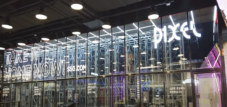Just-in-time deliveries of fresh produce: logistical challenges and solutions | Warehouse optimization
Language selection 📢
Published on: January 4, 2024 / Update from: January 4, 2024 - Author: Konrad Wolfenstein

Just-in-time deliveries of fresh products: Logistical challenges and solutions – Image: Xpert.Digital – AI & XR 3D Rendering Machine (art photo/AI)
🕒🧊🍏 Increasing efficiency through just-in-time: advantages and optimization potential
Just-in-time deliveries of fresh products: logistical challenges and solutions
Implementing just-in-time (JIT) deliveries of fresh produce has proven to be a highly efficient logistical solution to reduce storage costs, speed up the production process and save capital. This innovative concept aims to deliver the goods needed in the right quantity and at the right time to minimize waste and enable continuous production.
The advantages of just-in-time deliveries of fresh produce are many. By reducing inventory costs, companies can achieve significant savings. In addition, there is no need for internal routes, which saves time and optimizes the production flow. Smooth production is therefore guaranteed. However, dependencies on suppliers and external factors such as traffic disruptions must be taken into account. To ensure reliable just-in-time delivery, a functioning communications infrastructure and sufficient buffer capacity in the logistics warehouse are required.
📦📘 The just-in-time principle in detail: strategies and process improvements
The target-in-time procedure pursues the goal of providing materials and products at the time and the required quantity to reduce the inventory and increase efficiency in the entire supply chain. The approach is based on the principle of “pull” logistics, in which the demand controls the production and delivery process instead of keeping large amounts of materials and products in stock.
The JIT process is particularly used in large-scale production, for example in vehicle and aircraft production. A further developed variant of the just-in-time concept is the just-in-sequence concept, in which components are delivered pre-sorted for assembly in order to further optimize the production process.
⚖️ Analysis and implementation of JIT for fresh products: opportunities and challenges
To determine the suitability of just-in-time deliveries of fresh produce, it is necessary to analyze the production process, demand, storage costs incurred, and other relevant factors. Efficient implementation requires stable supply chains, reliable suppliers and close cooperation between all those involved. A well-functioning technical infrastructure is also essential.
🔍 Possible disadvantages and risk management: critical consideration and possible solutions
Adopting just-in-time delivery offers numerous benefits to businesses, including reduced inventory costs, improved product quality, greater flexibility and more efficient resource utilization. However, it is also important to take possible challenges and disadvantages into account. For example, a heavy reliance on suppliers can lead to problems, especially if there are delays or quality issues. In addition, companies that rely on just-in-time may not benefit from order quantity discounts because they often order smaller quantities. They also have to accept higher transport costs. In addition, low inventory levels make them particularly vulnerable to production downtime.
In order to successfully implement just-in-time deliveries of fresh products, it is therefore crucial to identify potential risks and develop appropriate strategies to minimize risks. Close cooperation with suppliers, continuous monitoring of demand and the supply chain as well as effective quality management are of great importance here. In addition, companies should consider alternative delivery options to prevent possible outages.
🧊🌽 Practical examples of the JIT delivery method: Industry-specific use cases
A concrete example of the use of just-in-time deliveries for fresh products is the food industry. Here, certain products, such as fresh fruit and vegetables, are often only retrieved shortly before consumption to ensure freshness and quality. Supermarkets work closely with their suppliers to get the goods they need at exactly the right time. Careful planning and efficient logistics enable them to offer the products on time and in optimal quality.
Another interesting example of the use of just-in-time deliveries can be found in the automotive industry. Here, the production processes are closely linked to the delivery of components. The suppliers deliver the components just-in-sequence, i.e. according to the assembly order, in order to optimize the production process. This allows efficient production and reduces complexity in manufacturing.
🚀🚀 Outlook on the future of JIT deliveries: potential and development directions
Just-in-time deliveries of fresh produce represent an efficient logistical solution to reduce costs, increase production speed and save capital. The challenges can be overcome through a precise analysis of the production processes, cooperation with reliable suppliers and a stable communication infrastructure. Despite possible disadvantages, just-in-time deliveries offer many advantages and open up new opportunities for companies to make their processes more efficient.
📣 Similar topics
- 🚚 Just-in-time deliveries of fresh products: increasing efficiency and reducing storage costs
- 🌽🥦 Just-in-time deliveries in the food industry: ensuring freshness and quality
- 🏭 Just-in-time processes in large-scale production: reduce inventories, increase efficiency
- 🔧 Just-in-sequence concept: optimization of the production process in the automotive industry
- ⛓️ Challenges and solutions for just-in-time deliveries in the logistics sector
- 🏭 Just-in-time deliveries: efficient resource utilization and flexibility in production
- 🍎 Just-in-time deliveries in the food industry: freshness as the top priority
- 🏢 Just-in-time concept in industry and trade: cost reduction and production flow optimization
- 🚛 Just-in-time logistics: challenges and potential risks at a glance
- 🍏🔧 Just-in-time deliveries: Efficient logistics solutions for fresh products
#️⃣ Hashtags: #JustInTime #Logistics #Increasing Efficiency #Resource Utilization #Reducing Storage Costs
Xpert partner in warehouse planning and construction
🧊 Technology leader Japan in refrigerated logistics – better working conditions optimize distribution processes
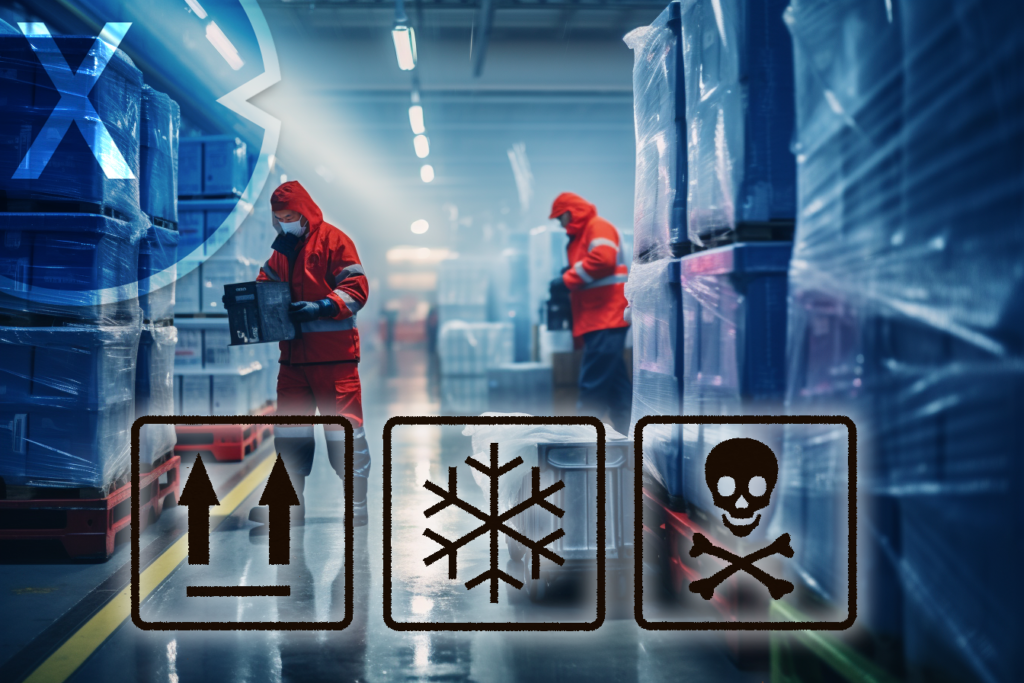
Refrigerated logistics/fresh logistics: Cold storage with automated material flow optimizes distribution processes - Image: Xpert.Digital
Asian countries such as Japan in particular are considered pioneers here. Tokyo, one of the largest cities in the world with over 38 million inhabitants, impressively shows how high population density and quality of life can be combined with the help of innovative urban and infrastructure planning. The expansion of efficient transport and supply systems has been the focus here for decades.
More about it here:
🏭🌍 Quality assurance for just-in-time deliveries of fresh products: 🍎✅
In addition to the advantages of just-in-time deliveries, there are also some interesting aspects that should be taken into account when implementing this method. An important point is quality assurance. Since fresh produce is perishable, it is of utmost importance to ensure that the goods delivered are of high quality and meet the required standards. Complete traceability along the entire supply chain is therefore essential.
In this context, a quote from the quality manager of a food manufacturer could be integrated, which emphasizes: “With just-in-time deliveries of fresh products, the focus is on quality assurance. We work closely with our suppliers to ensure that the products are delivered on time and in the best quality. The traceability plays a central role in order to be able to act quickly in the event of quality problems and to pull the affected products out of circulation. ”
Another interesting topic related to just-in-time deliveries of fresh produce is supporting local farms and suppliers. By working closely with regional producers, companies can shorten delivery times while contributing to sustainability by using regional resources and avoiding long transport routes.
An example of this is a supermarket that works closely with local farms to transport fresh fruit and vegetables directly from harvesting to the sales area. This gives customers high quality products and at the same time support domestic agriculture. The quotation of a managing director of such a supermarket could offer an interesting insight here: “By implementing just-in-time deliveries in fresh products, we not only rely on efficiency, but also support our regional suppliers. Our customers appreciate the freshness and quality of the products that come directly from the area. ”
In recent times, technology has proven to be a great supporter in implementing just-in-time deliveries of fresh produce. By using automated ordering systems, sensors and data analytics, companies can more accurately forecast fresh produce needs and plan deliveries accordingly. Efficient use of technology enables precise control of production and delivery processes, helping to avoid bottlenecks and disruptions in the supply chain.
A representative of a technology company could illustrate the importance of technological support: “The integration of technology into the just-in-time deliveries in fresh products is a crucial step to successfully implement the concept. By using sensors and data analysis, we can predict the need more precisely and control production accordingly. This leads to more efficient deliveries, lower storage costs and ultimately to satisfied customers. ”
Just-in-time deliveries bring with them a variety of logistical challenges for fresh products, but also offer innovative solutions. Analysis of the production process, collaboration with reliable suppliers, quality assurance and integration of technology are crucial to successfully implement this methodology. By efficiently using just-in-time deliveries, companies can optimize their production processes and reduce costs while offering fresh and high-quality products.
⏰🍅 Just-in-time deliveries of fresh products: 🚚 Logistical challenges and solutions 💡
Just-in-time (JIT) deliveries of fresh produce represent an efficient logistical solution to reduce storage costs, speed up the production process and save capital. This concept aims to deliver the goods needed in the right quantity and at the right time to minimize waste and enable continuous production.
The advantages of just-in-time deliveries include lower storage costs, time savings by eliminating internal routes and smooth production. However, dependencies on suppliers and external factors such as traffic jams must be taken into account. A reliable communication infrastructure and buffer capacities in the logistics warehouse are also important.
The JUST-In-Time procedure aims to deliver materials and products at the required time and in the required amount to reduce inventory and increase efficiency in the supply chain. It is based on the “Pull” logistics, in which the demand controls the production and delivery process instead of keeping materials and products in stock.
The JIT process is particularly used in large-scale production, such as vehicle and aircraft production. The just-in-sequence concept goes even further and includes the pre-sorted delivery of components for assembly to further optimize the production process.
It is important to analyze the production process, demand, storage costs and other factors to determine the suitability of just-in-time deliveries for fresh produce. Efficient implementation requires stable supply chains, reliable suppliers, good collaboration and a good technical infrastructure.
Just-in-time delivery offers advantages such as reduced storage costs, improved quality, greater flexibility and better resource utilization. However, there are also challenges and disadvantages such as supplier dependency, lower order quantity discounts, higher transport costs and vulnerability to production downtime.
In order to successfully implement just-in-time deliveries of fresh products, it is important to identify possible risks and strategies to minimize risks.
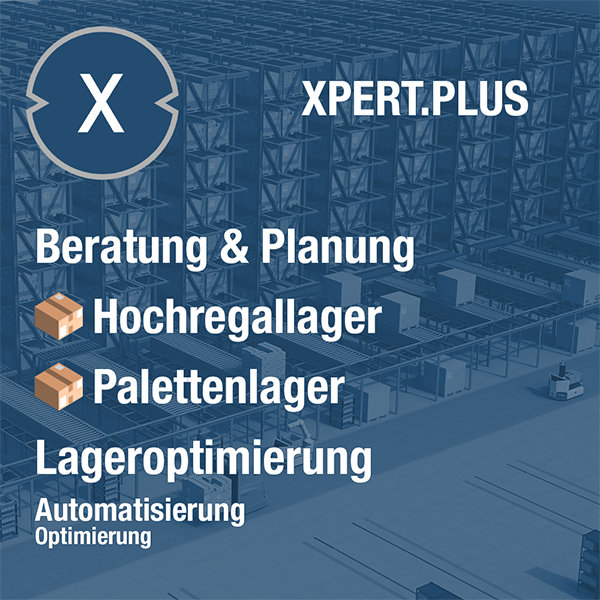
Xpert.Plus warehouse optimization - high-bay warehouses such as pallet warehouses consulting and planning
We are there for you - advice - planning - implementation - project management
☑️ Smart City & Factory: Industry expert for energetic 5G buildings and halls as well as advice and installation of solar systems
☑️ Xpert.Plus - logistics consulting and logistics optimization
☑️ Industry expert, here with his own Xpert.Digital Industry Hub with over 2,500 specialist articles
I would be happy to serve as your personal advisor.
You can contact me by filling out the contact form below or simply call me on +49 89 89 674 804 (Munich) .
I'm looking forward to our joint project.
Xpert.Digital - Konrad Wolfenstein
Xpert.Digital is a hub for industry with a focus on digitalization, mechanical engineering, logistics/intralogistics and photovoltaics.
With our 360° business development solution, we support well-known companies from new business to after sales.
Market intelligence, smarketing, marketing automation, content development, PR, mail campaigns, personalized social media and lead nurturing are part of our digital tools.
You can find out more at: www.xpert.digital - www.xpert.solar - www.xpert.plus
Industrial & B2B Business Metaverse: Reduce costs with XR technology for photorealistic product images (XR 3D rendering machine)
XR technology offers a superior solution for creating photorealistic images and allows companies to free themselves from the expensive fees of external media agencies. It is common knowledge that media agencies charge high costs to create such images as it requires expertise, special software and collaboration with various experts.
More about it here:



